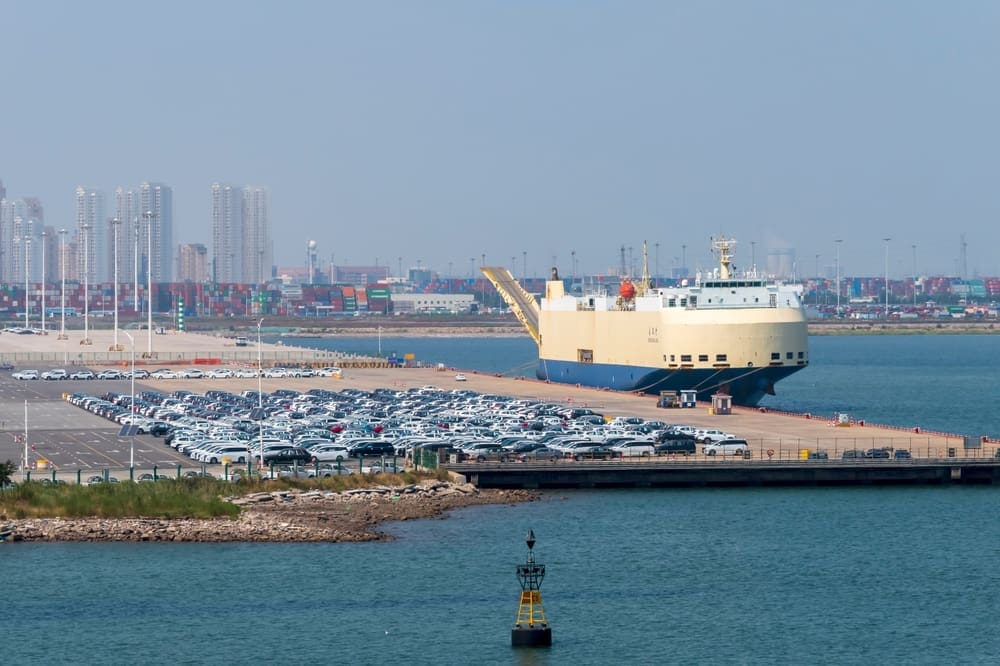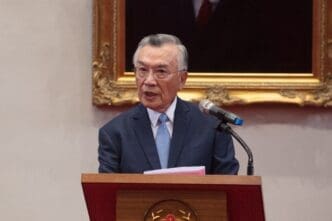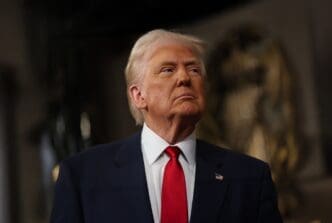The newly unveiled tariff chart by President Donald Trump has prompted mixed reactions globally, with notable emphasis on countries across Asia. While high tariffs on China were anticipated, the list’s inclusion of several Asian nations sparked surprise. Close allies such as South Korea and Japan expressed significant concern over the steep increases imposed on their exports to the United States. Despite their discomfort, these nations had foreseen potential changes. Just prior to the announcement, trade ministers from Japan, China, and South Korea convened in Seoul for the first time in five years, aiming to coordinate their response.
The reactions from Asian countries varied significantly, reflecting diverse diplomatic ties and strategies. The Chinese government labeled the tariffs as an unreasonable, global affront, while Taiwan deemed them deeply regrettable. South Korea is currently studying the situation, and Japan’s trade minister described the move as extremely regrettable. Despite their grievances, many of these countries remain cautious due to their critical security relationships with the United States, demonstrating a reluctance to provoke Washington.
Trump’s chart highlighted significant tariffs imposed by Asian countries on U.S. goods, with Vietnam applying a 90 percent tariff and South Korea a 50 percent tariff. Trump asserted these figures represented unfair trade practices against American goods, intending to rectify perceived imbalances. However, scrutiny revealed discrepancies in these claims; the figures appeared derived from trade deficits rather than actual tariff rates. The methodology used involved dividing trade surpluses by export figures, offering a skewed perspective on trade restrictions.
These new tariffs could potentially alter the diplomatic dynamics between the United States and its Asian allies. Historically, the U.S. has sought Japanese and Korean cooperation on export controls, particularly concerning semiconductors to China. However, imposing severe tariffs complicates such cooperation. Recently, Japan, South Korea, and China held discussions, marking their first collective meeting in five years. Although historically hampered by diplomatic tensions, there is speculation that an external threat like the U.S. tariffs could catalyze closer trilateral cooperation.
Our Insights
- The newly imposed tariffs may lead to higher prices on imported goods from Asia, affecting consumer choices and household budgets in the United States.
- For U.S. businesses relying on Asian materials, increased tariffs could result in higher production costs, potentially impacting product pricing and profitability.
- Diplomatic relations with key Asian allies might become strained, influencing international cooperation on broader global issues beyond trade.
- Asian countries might seek to strengthen regional trade alliances, potentially reducing their reliance on U.S.-centric trade agreements, affecting global trade dynamics.
- The increased tariffs could encourage domestic industries to enhance their competitiveness, potentially leading to innovation and economic diversification within the U.S.








